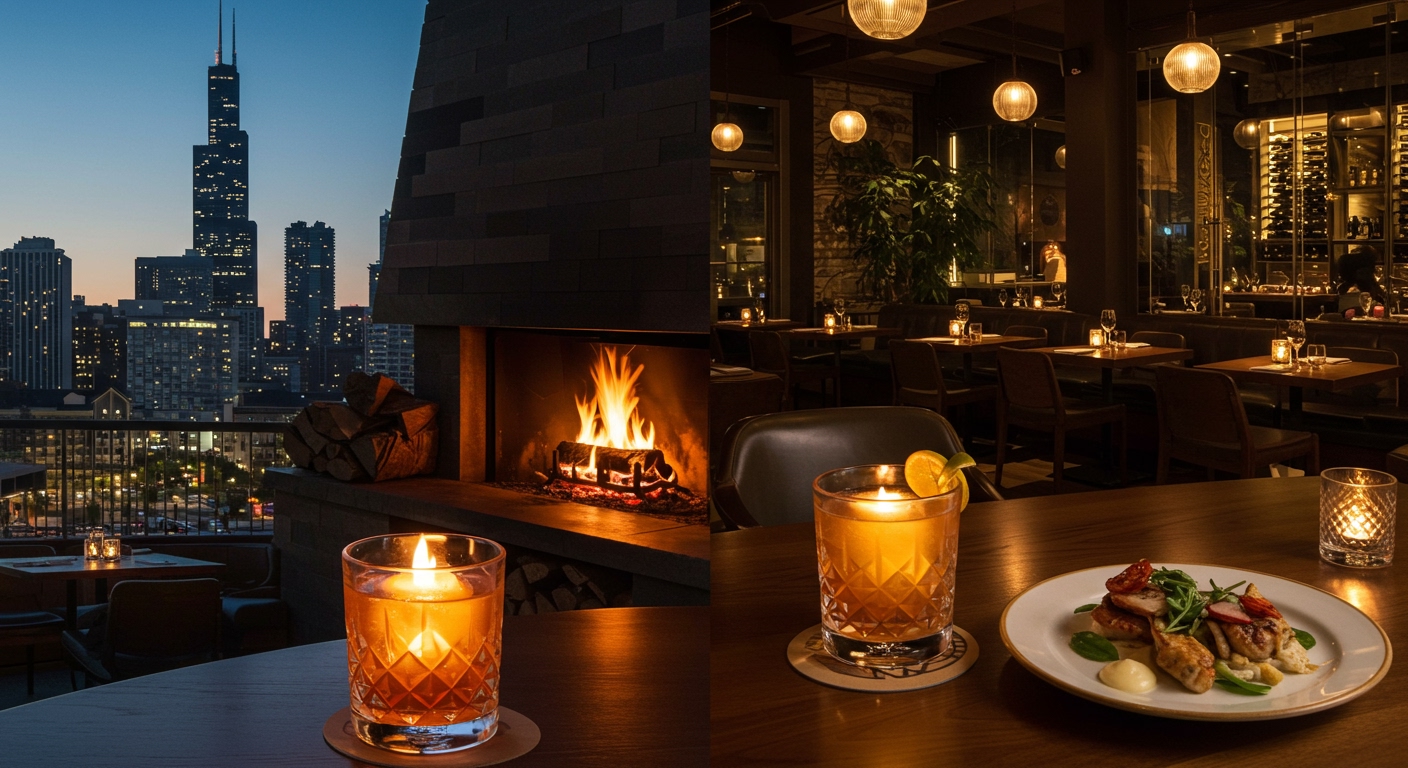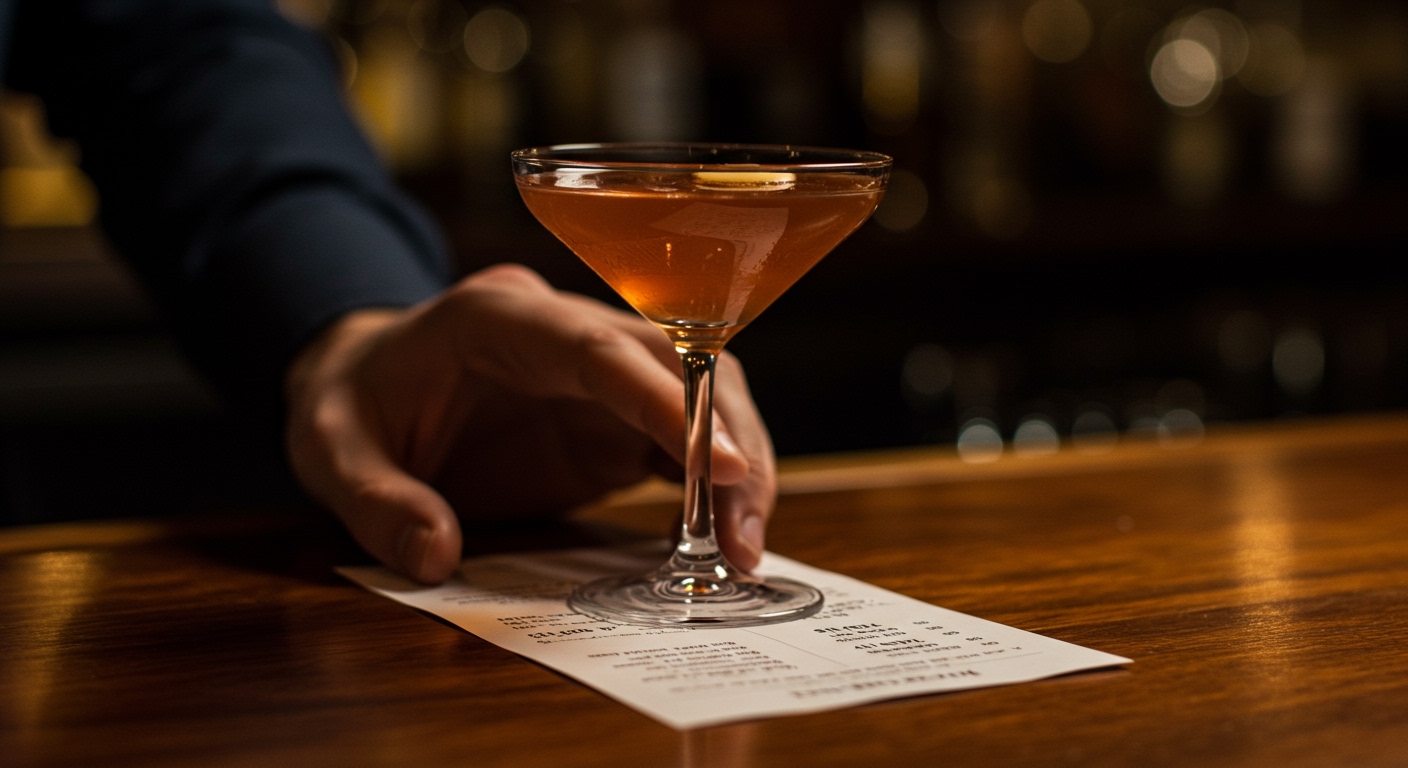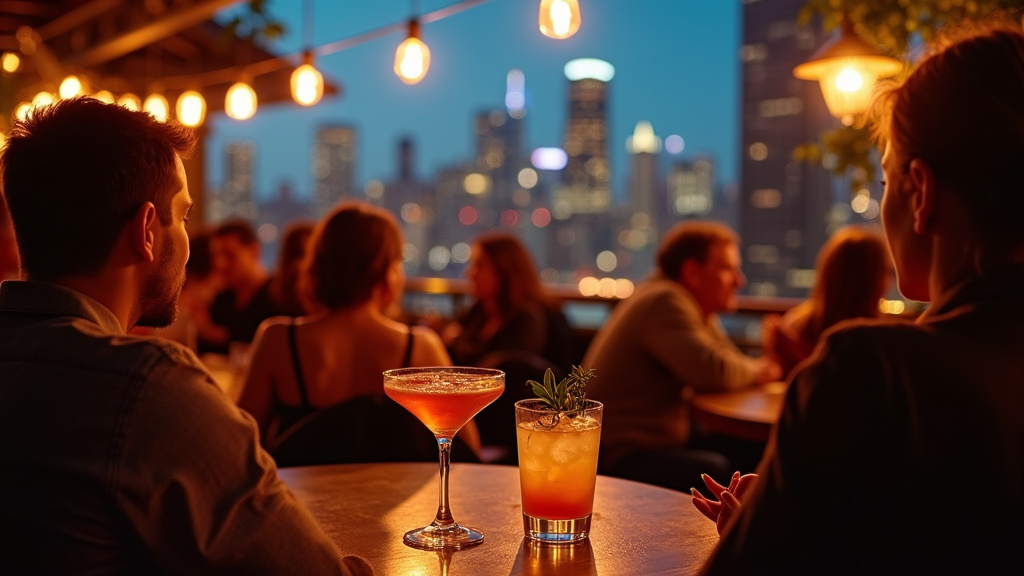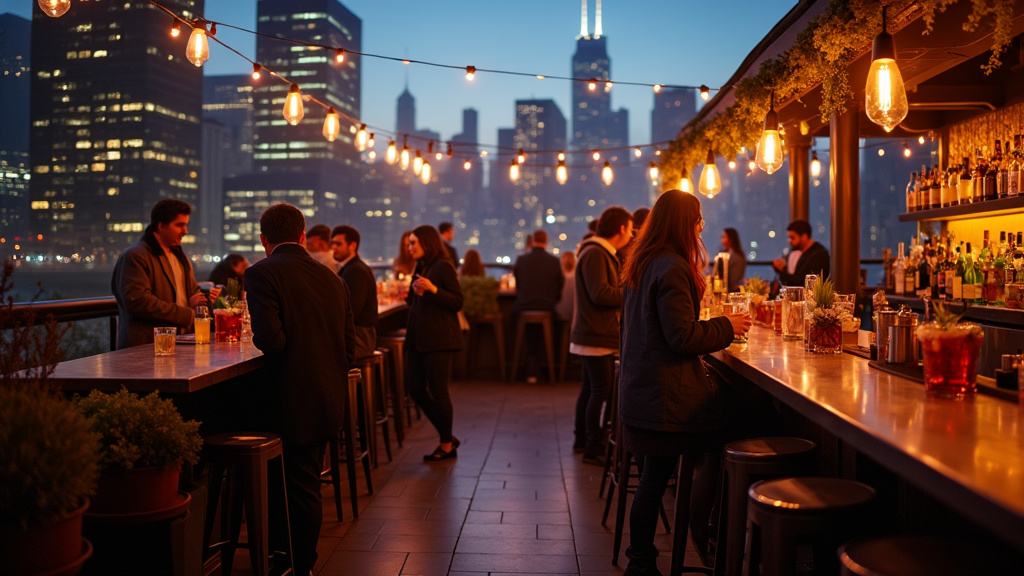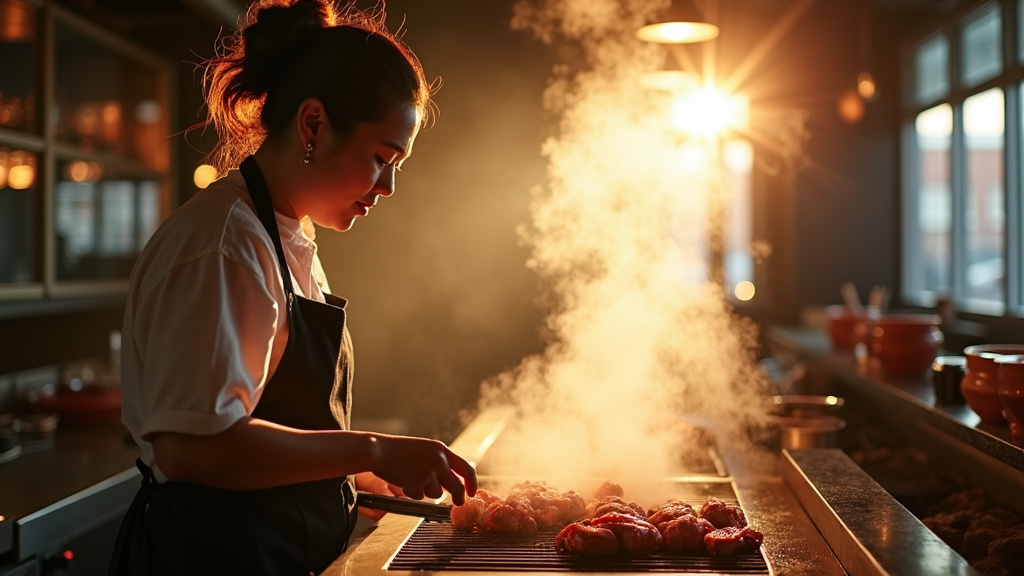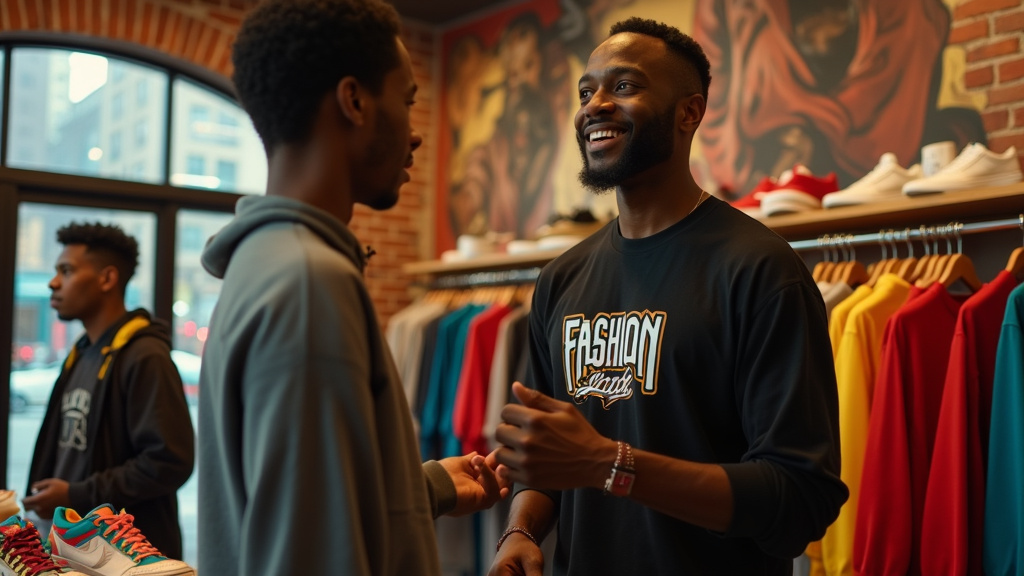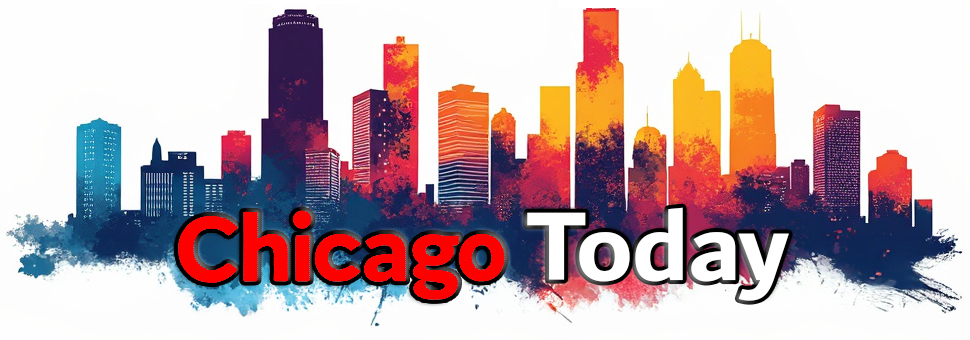CHICAGO – In a strategic pivot aimed at revitalizing customer traffic, Chicago restaurants are beginning to rein in beverage costs, signaling a potential decline in the era of premium-priced cocktails that have become commonplace. Facing persistent economic pressures and shifting consumer behavior, operators are increasingly looking to more accessible pricing, particularly for drinks, to entice diners back through their doors.
This recalibration comes as the hospitality industry continues to navigate the complex landscape shaped by post-pandemic inflation. According to data compiled by the Illinois Restaurant Association, the financial burden on Chicago establishments has intensified significantly over the past few years. Labor and product costs for restaurants across the city have surged by more than 35% since 2020, placing considerable strain on operational budgets. Concurrently, fixed expenses such as property taxes, insurance, and rent have climbed by 18%, further compressing already thin margins.
Economic Realities Squeeze Profit Margins
The cumulative effect of these rising costs has drastically eroded profitability. Average profit margins for Chicago restaurants, which typically ranged from 5% to 10% before the pandemic, have plummeted to a precarious 1% to 5%. This dramatic reduction leaves businesses with little buffer against fluctuations in demand or unforeseen expenses.
Adding to the challenge, restaurant operators reported a notable slowdown in early 2025. The first quarter of the year saw a discernible slump in both revenue and foot traffic, with declines estimated between 10% and 15%. This downturn has underscored the urgent need for strategies that can stimulate visitation without further alienating price-sensitive consumers.
Restaurants find themselves in a difficult position regarding menu pricing. Customers have already absorbed significant increases, with average menu prices rising by approximately 30% across the board since 2019. Operators feel they have limited capacity to implement further price hikes on food items without risking a more substantial drop in demand.
The Cocktail Price Pivot
Against this backdrop, lowering the cost of cocktails is emerging as a tactical response to attract diners. The rationale is that more competitively priced drinks can serve as an incentive for customers to choose dining out over staying home, potentially increasing overall check averages or at least driving necessary volume.
Several establishments are already implementing this strategy. Lia, a recently opened venue in River North, has debuted with a cocktail list notably featuring options priced at just $12. This approach offers a stark contrast to the higher price points prevalent in many upscale city bars and restaurants.
The trend is also set to continue with upcoming ventures. The Radicle, a new bar and restaurant slated to open in Logan Square, is planning to offer cocktails for as low as $10, a price point reminiscent of pre-inflationary levels.
Other existing venues are also joining the movement. Gus’ Sip & Dip on Hubbard Street is currently offering cocktails at the $12 mark, demonstrating that the pivot is not limited to new entrants but is being adopted by established players as well.
While the most significant price adjustments appear to be concentrated in independent or newer establishments seeking to build clientele, this trend is also being observed, albeit with smaller price reductions, at Chicago-area chain restaurants, according to data from Technomic. This suggests a broader industry recognition that beverage pricing is a key lever in influencing consumer spending patterns.
Looking Ahead: A Market Correction?
The collective move by Chicago restaurants to lower cocktail prices highlights the intense competitive environment and the ongoing need to adapt to evolving economic conditions and customer expectations. It suggests a potential market correction, where the premium attached to mixed drinks is being reassessed in favor of volume and accessibility.
Whether this trend signals a definitive end to the $20 cocktail remains to be seen, but it clearly indicates that operators are willing to adjust pricing strategies, starting with the bar, to navigate current economic headwinds and rebuild consistent customer traffic.



